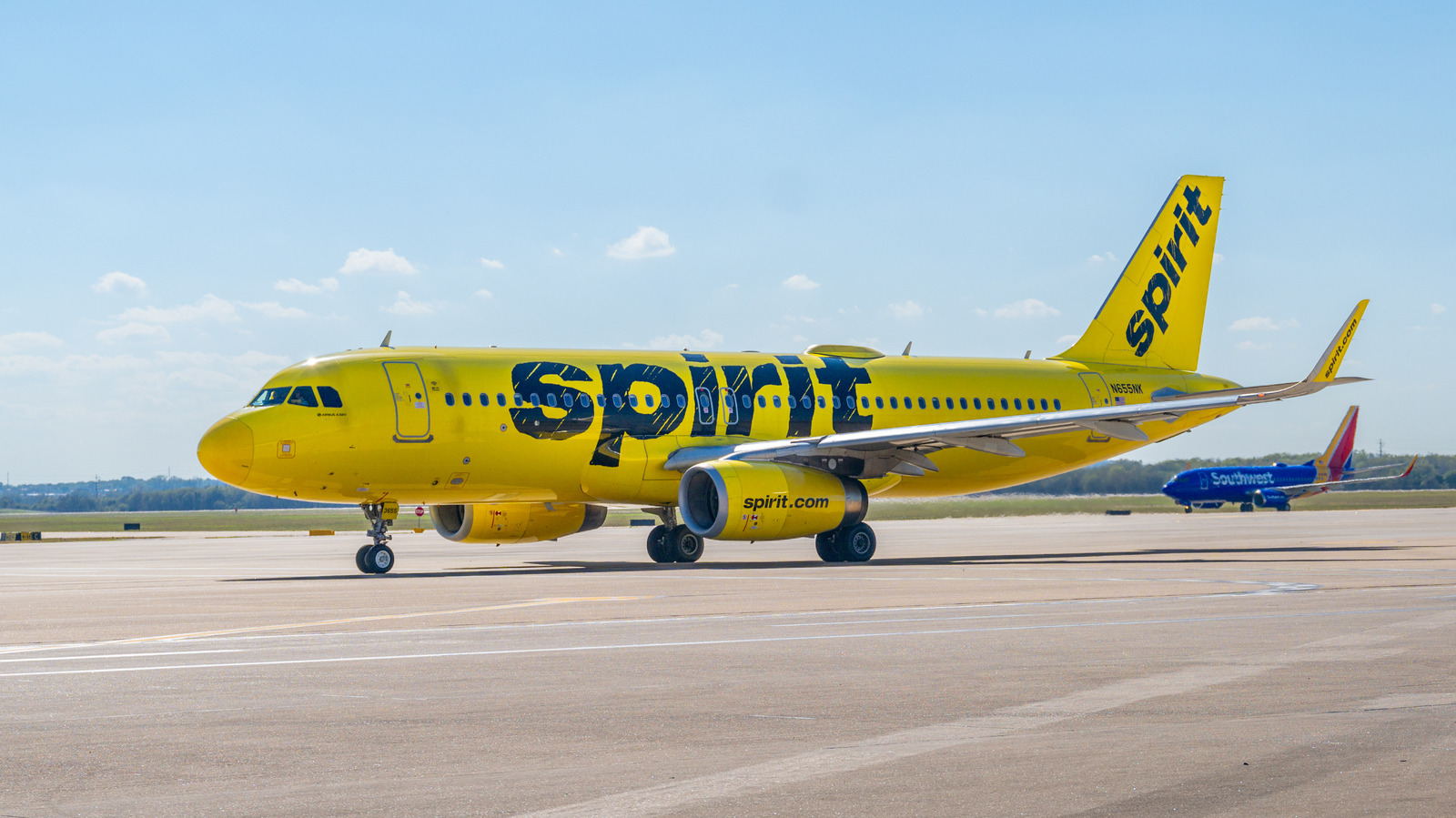Spirit Airlines is gearing up for a significant expansion, with plans to add 92 new Airbus aircraft to its fleet by 2031. This ambitious move reflects the airline’s strategy to enhance its operations and meet growing travel demand. However, there’s a substantial hurdle looming over this expansion: a hefty tariff that could cost the airline over $1 billion.
What’s the Deal with the Tariff?
The U.S. government has imposed a 10% tariff on imported aircraft, which means that Spirit will face an additional financial burden on top of the base price of approximately $110 million per plane. When you do the math, that adds up quickly. For 92 aircraft, Spirit could be looking at a staggering bill of at least $1 billion just for the tariffs alone. This situation raises a critical question: how will Spirit manage this financial challenge?
Navigating Financial Waters
Airlines operate on thin margins, and unexpected costs can significantly impact their bottom line. Spirit’s management has indicated that they might reconsider their orders if the tariff situation doesn’t improve. This isn’t just a matter of balancing the books; it’s about strategic planning for the future. If they decide to cancel or delay these orders, it could affect their growth trajectory and ability to compete in an increasingly crowded market.
The Bigger Picture: Industry Implications
This tariff issue isn’t just a Spirit Airlines problem; it has broader implications for the entire aviation industry. Other airlines might also feel the pinch from these tariffs, which could lead to increased ticket prices for consumers. As airlines grapple with rising costs, the question arises: will they pass these expenses onto passengers, or will they absorb the costs to remain competitive?
Real-World Examples of Tariff Impact
Looking at other industries, we can see how tariffs have influenced business decisions. For instance, the steel and aluminum tariffs imposed in recent years led to increased costs for manufacturers, prompting some to shift production overseas or seek alternative materials. Similarly, if Spirit and other airlines face ongoing tariff pressures, we might see a shift in how they operate or even a reevaluation of their fleet strategies.
What’s Next for Spirit Airlines?
As Spirit Airlines navigates this complex landscape, it will be crucial for them to communicate transparently with their stakeholders. Investors, employees, and customers all have a vested interest in the airline’s decisions. Keeping everyone informed can help maintain trust and confidence, even in uncertain times.
The big takeaway? Spirit Airlines’ situation highlights the intricate balance between growth ambitions and external economic factors. It’s a reminder that the aviation industry is not just about flying planes; it’s about strategic decision-making in the face of challenges. As Spirit moves forward, the choices they make now could set the tone for their future. So, if you’re planning to fly with them, keep an eye on how this story unfolds—it might just affect your next travel plans.


